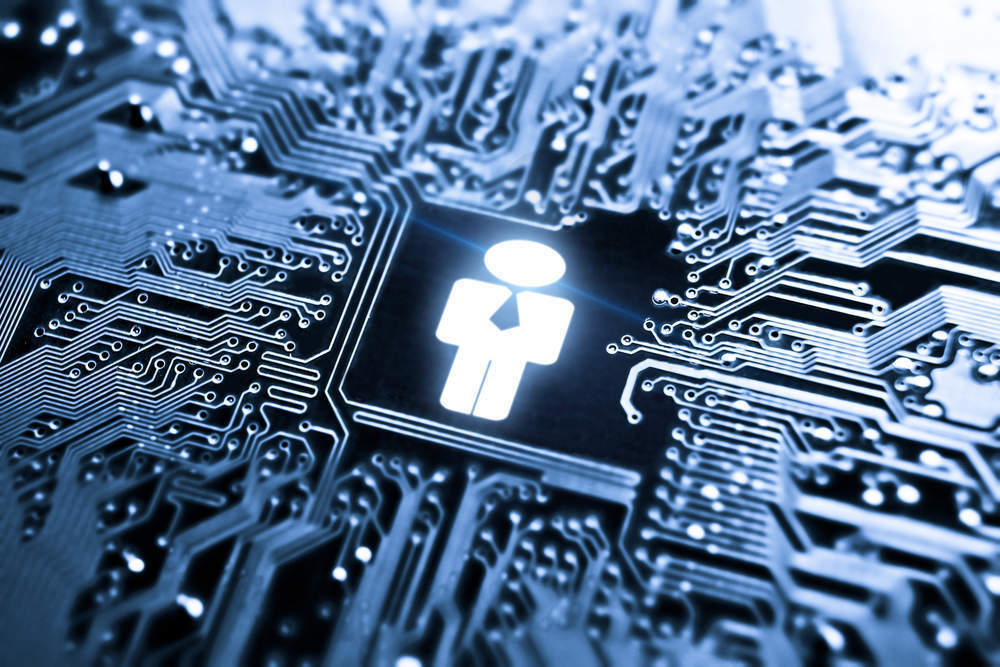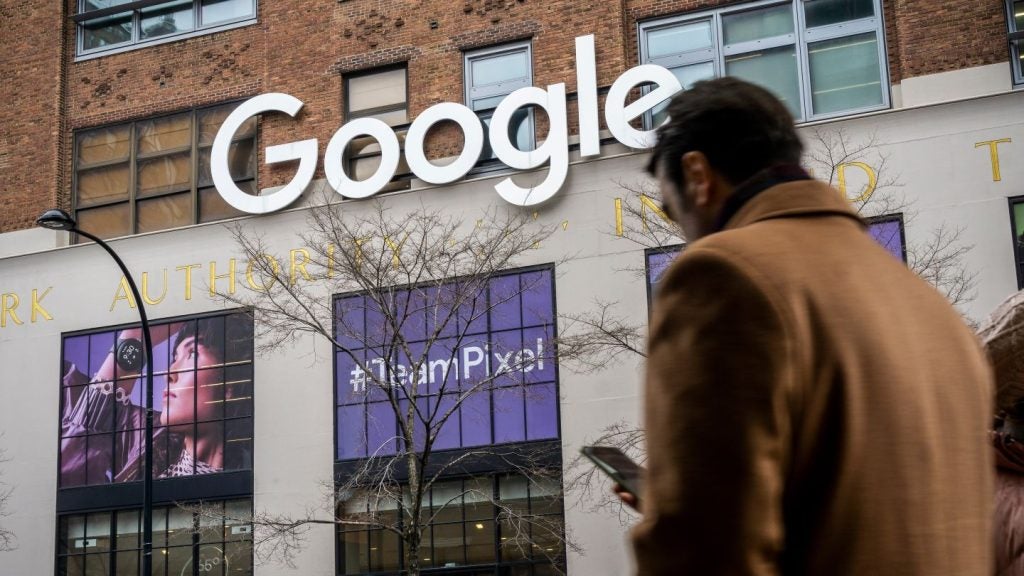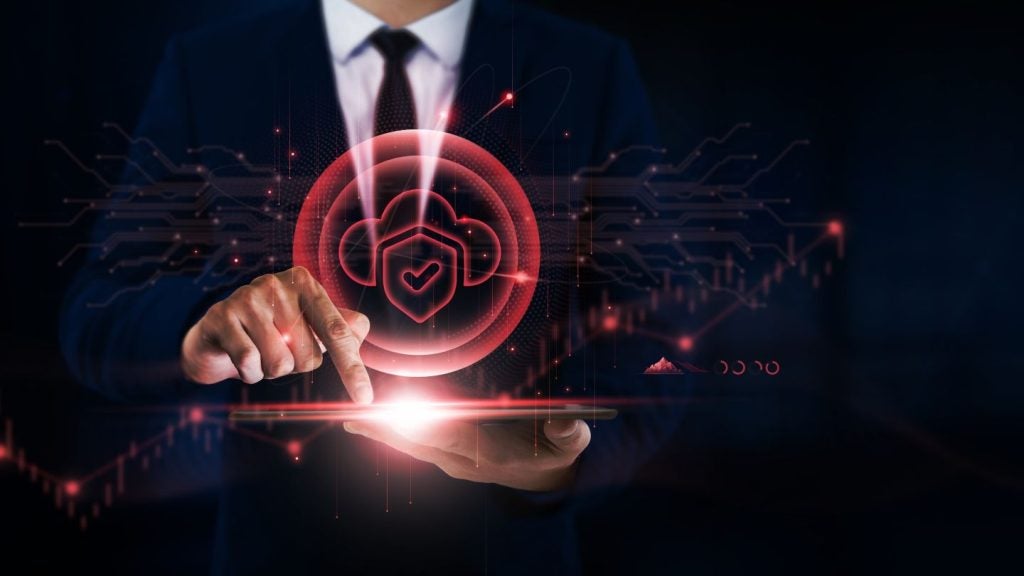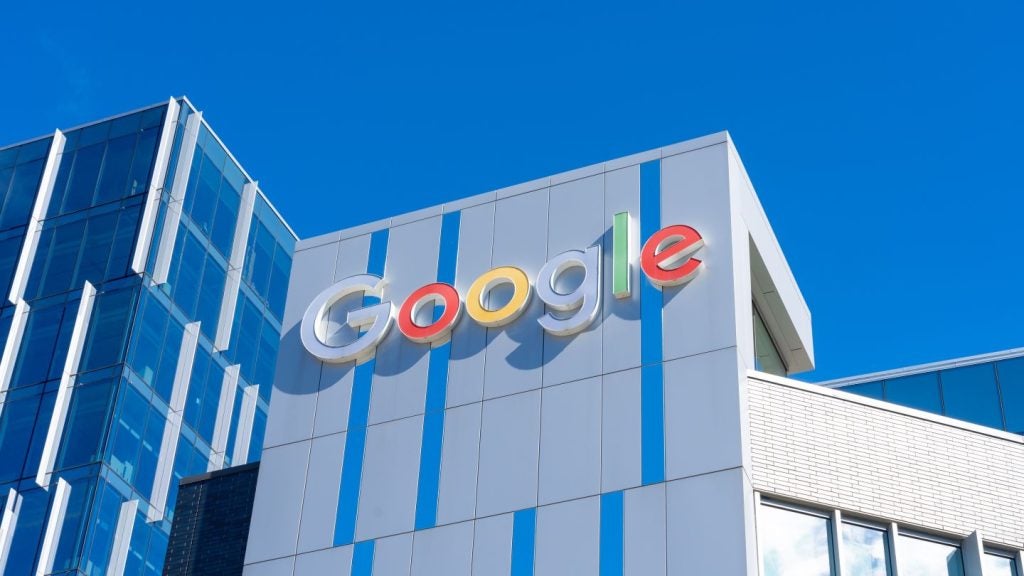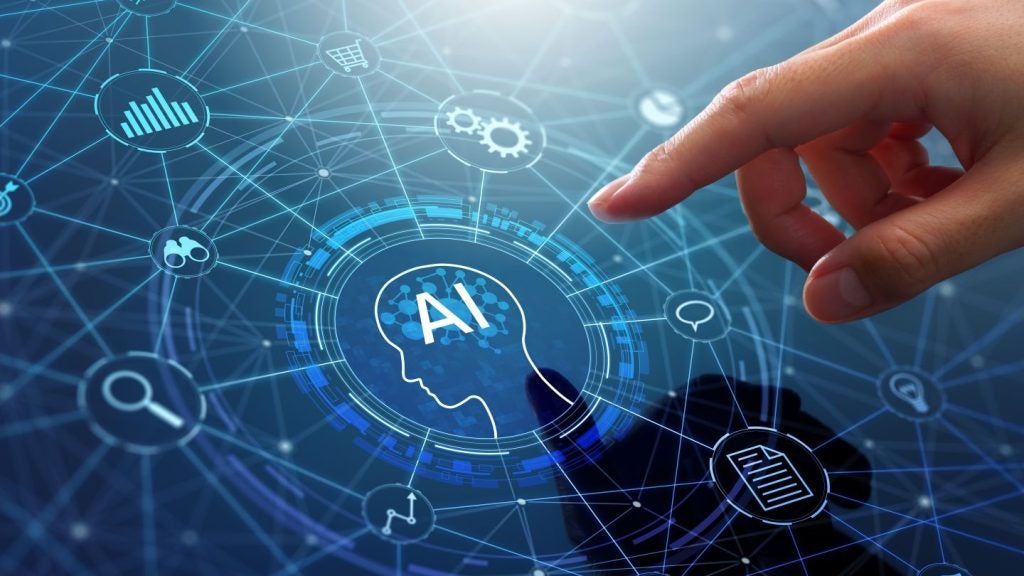Human resources has historically dealt with the softer, less quantifiable side of business: how humans interact, what they think, and how they feel about their jobs and those around them.
The idea is simple enough. But can technology improve on the status quo?
HR seeks to assign actionable values to such matters of the heart with the aim of improving employee productivity or finding and retaining the very best person for a given job.
And yet, for such a simple idea, HR’s abilities have been met with no small measure of scepticism by employees and viewed as a less than reliable means by management.
Why is that?
Certainly, HR represents a significant organising force in the workplace.
It tries to unite and optimise many disparate tasks, such as training employees, scheduling time off, and expense reporting.
But, when it comes time to keeping employees happy, all of the data streaming off of those well-instrumented tasks has very little of value to contribute to any particular problem at hand.
That’s because HR relies on people more than numbers.
HR requires a delicate touch and thoughtful interpretation of the data at hand, taking context, history, and sentiment into account. That’s not always easy where numbers and data are easier (less contentious) to work with.
What HR needs most is a little less humanity
HR needs artificial intelligence (AI), more specifically, AI-infused chatbots.
Chatbots have the uncanny ability to understand, put into context, create meaningful inferences, and then propose successful outcomes, all without incurring the stigma typically associated with any decision that’s driven by analytics, especially a decision that directly impacts a person’s livelihood.
Already there are many HR-savvy talkative bots at the ready.
There’s Obie, which is already at work inside Nasa and Disney, using machine learning to adapt over time to evolving employee conversations.
There’s also Captain Feedback, built specifically to provide employees with an open forum for honest performance discussions.
And there’s Lucy Abbot. Built on api.ai as a Slack plug-in, Lucy is geared around tasks such as staff training and uses a lexicon specific to millennial and Gen-Z users. No kidding.
Through machine learning algorithms and deep learning neural networks, this army of AR-specific chatbots can understand the spoken or written word and respond in kind, learning from each interaction and drawing from a vast repository of knowledge gathered from any and all systems of record and transactions across the company.
They never sleep and are available 24 hours a day.
Their answers can be more detailed than those provided by a human. And they are adaptive, switching between languages (or generational lexicons) on the fly.
Most importantly, chatbots can base their answers on not only the question, but also the person asking the question (history, preferences, etc.) and do so without that most human of frailties: bias.
For many users, chatbots serve as a neutral representative, one unjaded by emotion that can objectively make logical decisions.
Many see chatbots as a means of gaining greater insight into their employer with minimal impact and limited exposure.
That is, chatbots encourage users to explore and inquire, seeking out information they would never have sought otherwise, such as new job opportunities in-house.
Yet, chatbots are only part of the equation.
There’s a much broader and more complicated story to be told concerning the use of AI and analytics in HR.
Even so, the ready-made world of chatbots like Obie and Lucy Abbot gives companies a low-cost and low-risk way to improve operational efficiency for both HR and employees.
That’s what chatbots do best. They make for an excellent first line of communication between HR professionals and employees by improving what people do best: communicate.

